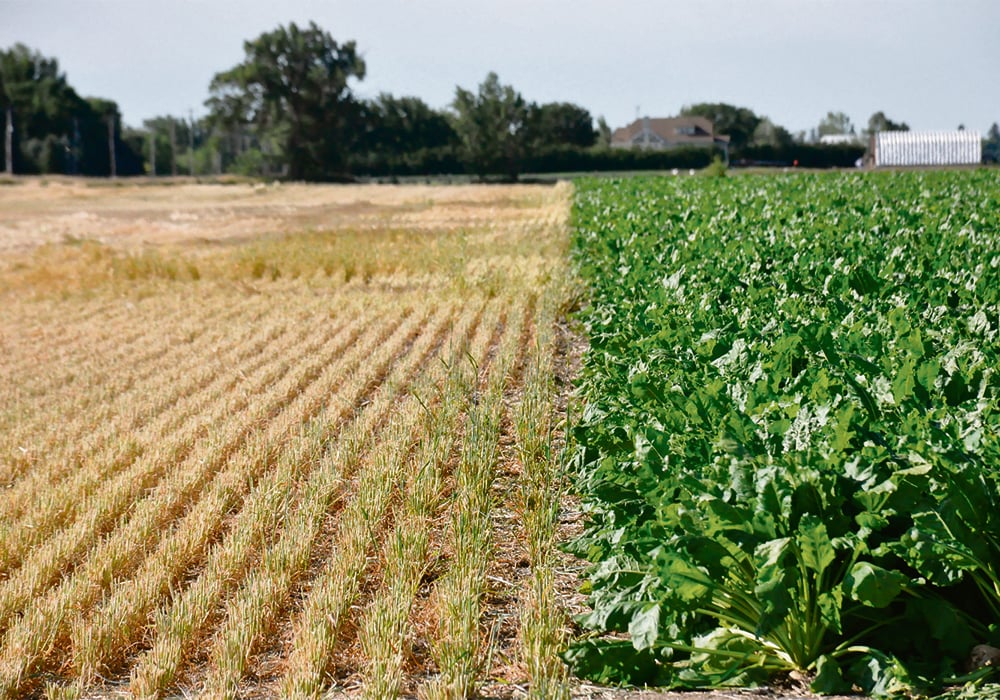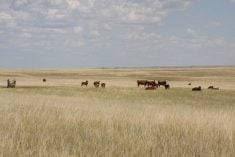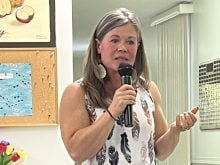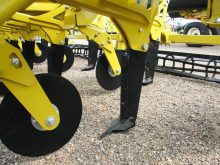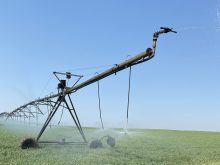Alberta producers say the practice has its benefits, but challenges include dealing with chaff rows and managing stubble
Irrigation in southern Alberta has proven transformational to the ability to grow crops in the region, but although it has delivered water to the dusty plains, it hasn’t tamed the wind.
Direct seeding is a piece in the puzzle to stem wind erosion in the area known for gales that can make it hard to keep a vehicle on the road, let alone valuable topsoil on the ground.
During a field day hosted by Farming Smarter based in Lethbridge, Gary Vucurevich showed his test crop, which direct-seeded sugar beets into half his field after a barley rotation.
Read Also

Short rapeseed crop may put China in a bind
Industry thinks China’s rapeseed crop is way smaller than the official government estimate. The country’s canola imports will also be down, so there will be a lot of unmet demand.
“We did avoid doing two tillage passes, so that saved on fuel, labour and wear and tear on the equipment,” he said. “Secondly, if we can do this and still get a good yield and not have to worry about soil erosion, that’s the biggest concern.”
On the latter issue, Vucurevich said the technique has proven itself.
“We didn’t have any soil moving. It worked,” he said.
As for yields, Vucurevich said things look good, but a long growing season is still ahead.
However, the process poses some difficulties, including dealing with chaff rows, managing stubble and being able to seed through the previous year’s growth.
“If you don’t have Yetter openers, it’s not going to work,” he said.
Vucurevich kept one half of his sugar beet field as a control to measure the outcome and noticed some differences.
“Between the chaff rows on the no-till side was probably a superior stand. On the chaff rows, less so. That’s the simple math. After harvest, we’ll have a better idea,” he said.
Beet and potato growers are also under pressure to reduce fall applications of fertilizer to reduce erosion of the expensive commodity.
“We like to have that done in the fall because we are making a tillage pass anyway, so let’s get the fertilizer down with it and then that makes it that much more efficient in the spring,” he said. “I think going forward, we’re going to have to probably start thinking about just spring applications with the way things are looking with the regulatory environment.”
George Lubberts, an independent crop consultant with Complete Agronomic Services, said the ability of direct seeding to prevent soil loss is critical.
“We can get winds in the spring and the fall here that if it wasn’t for the direct seeding, all the dirt would be in the ditches and the canals,” he said. “And we are already getting that in certain situations where the irrigation districts have to clean out the canals before they send the water down because of the eroded soil.”
Such instances don’t paint a good picture of conservation in a world increasingly focused on sustainable practices, said Lubberts.
“If we lose the top part of the soil, the farmers are losing probably thousands of dollars per acre when you are seeing that dirt move,” he said.
That loss, along with the nutrient-rich organic matter it contains, will impact all crops in a rotation, he added.


